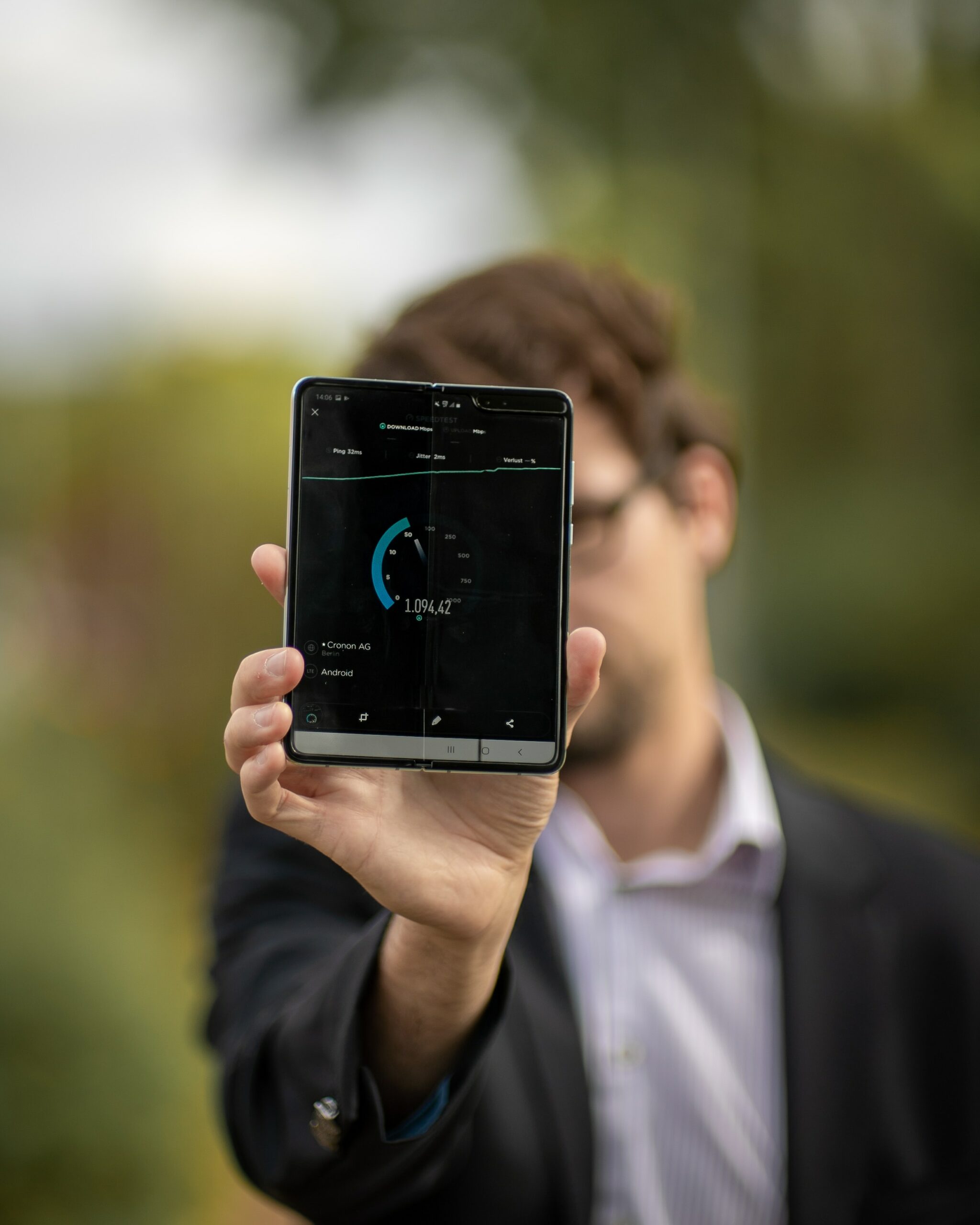Telekom and Deutsche Bahn announced in the summer of 2021 that they wanted to cover the entire route network with mobile communications by the end of 2026. Timotheus Höttges, CEO of Deutsche Telekom AG, gave further details at the Annual General Meeting. One of them is the internal project name: Black German Shepherd.
“I would like to introduce you to the Black Shepherd Project. While our competitors all have dogs with many black spots, but above all many white spots, we want to build the black shepherd dog, i.e. a nationwide supply of all rails in Germany," said Höttges at today's Annual General Meeting. This plan was first communicated to the public on June 23 of last year.
All ICE routes by the end of 2024
Nothing has changed in the basic plans of Telekom and Deutsche Bahn since then, but there were still one or the other technical detail at the Annual General Meeting that had not previously been publicly discussed. It was already known that by the end of 2024, 7,800 kilometers on the main routes, on which all ICE and the most important IC trains run, should be supplied with a data rate of more than 200 Mbit/s. In a second step, data rates of more than 200 Mbit/s are also to be implemented by the end of 2025 on a further 13,800 kilometers of routes with a high volume of passengers, on which more than 2,000 passengers travel every day. Deutsche Telekom intends to provide all other routes with a data rate of more than 100 Mbit/s by the end of 2026.
Mobile communications along 33,400 kilometers of railway line (as of 06/21) (Image: Deutsche Bahn)
Today, Höttges corrected the entire route network in Germany from 33,400 km as of June 2021 to the current 33,600 km, which must be supplied. That's three times as many kilometers as all the autobahns in Germany combined. Accordingly, not only is significantly more care necessary, but the care is also significantly more complicated.
Cell change every 40 to 50 seconds
A current ICE 4 was used as an example, in which 800 passengers can travel at up to 300 km/h. "A small village that is on the move, which ultimately wants to communicate accordingly," said Höttges. The mobile network expansion along the railway lines is challenging due to several points. As of today, there are 34,000 mobile phone masts along the railway lines, each equipped with three antennas, i.e. a total of around 100,000 antennas, with a beam angle of 120 degrees, providing mobile communications on the train. One of these mobile radio cells formed per mast usually has a range of 4,000 m, explained Höttges, so that a cell change or handover between the masts has to be carried out every 40 to 50 seconds in order to transfer the call, download or film from one cell to the other next to hand over. That sounds easy, but it is definitely a technical challenge, according to Höttges.
Slotted cables supply tunnels
Another challenge is the large number of tunnels in Germany due to the topology, the group counts more than 700. "Of course we can't set up a radio mast there, so a different technology has to be used." In tunnels, Telekom uses slotted cables instead, which are used as elongated antennas. "So this is sort of like a lawn sprinkler. The signals practically rain down into the tunnel section.” This should also enable smooth supply in the tunnels.
Only 0.1 percent of the signal arrives on the train
Fast trains also have the problem that they act like Faraday cages and largely block cell phone signals and therefore require repeaters and special windows. "The problem we have is that we have an enormously high level of damping in the trains," said Höttges. In the car, the attenuation is now 10 dB, while in the ICE it is up to 30 dB. Only 0.1 percent of the radio signal set up outside arrives on the train. But there are technologies that help, says Höttges. A repeater must be installed on the roof of each train and another in each carriage, which amplifies the signal and diverts it into the compartments. Deutsche Bahn is responsible for the entire supply on the train, while the mobile phone provider is responsible for everything outside.
New ICE windows from the end of this year
In the future, however, Deutsche Bahn will not only install repeaters, but also “lase” the panes in the ICE. "The lasered panes also enable signals to be received from the outside and then forward the corresponding radio signal to the passenger through the pane." From the end of this year, the panes are to be metallized and lasered.



